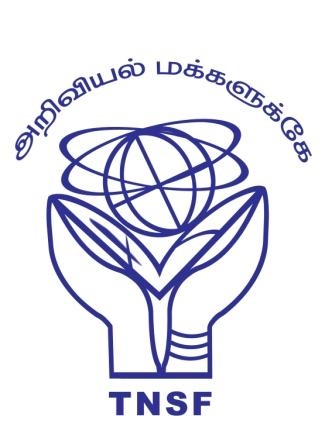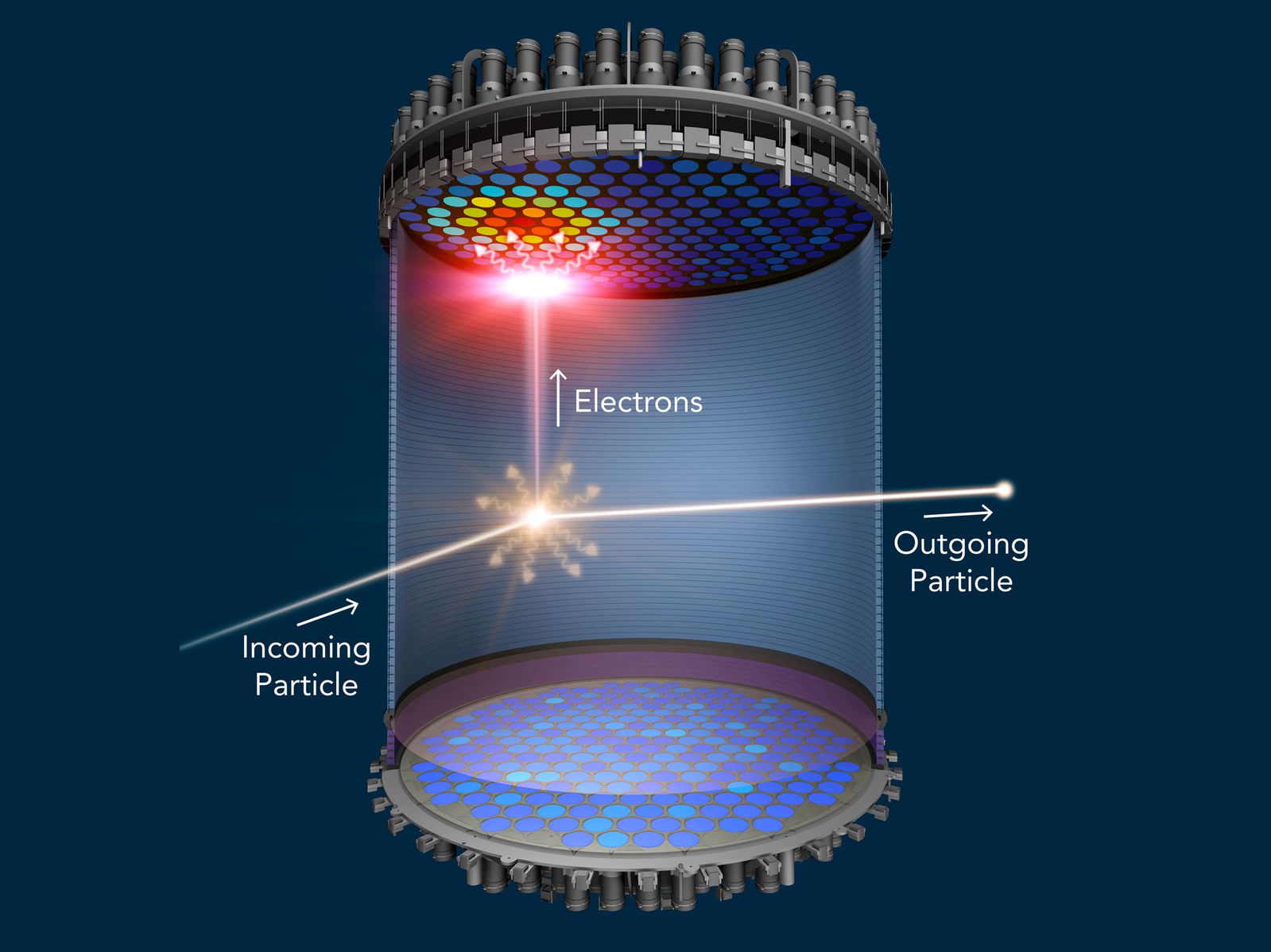About Program

This is part of its efforts to popularize science to the general public and students who are pursuing science as their career. TNSF attempt to focus on students on higher science as everyone knows that learning of science at college within the curriculum is not enough to acquire holistic knowledge of science at the appropriate time. Hence, to fill the gap between what students are acquiring through the curriculum and what it is required, TNSF is planning its activities on higher science to students who are pursuing higher education.

A variety of astrophysical and cosmological measurements have conclusively established that most of the matter in the Universe is NOT in the form of the atomic matter that constitutes our world. This dominant source of matter in the universe is called “dark matter”. But, other than its existence, we do not know much about its properties. What kind of particle is the dark matter? How do we even know that it is a particle and not a change to other laws of nature? If it is a particle, how can we learn more about its properties? What kinds of experiments can we perform to detect this particle? In this talk, I will present a brief overview of this field and highlight current research directions in this area.
